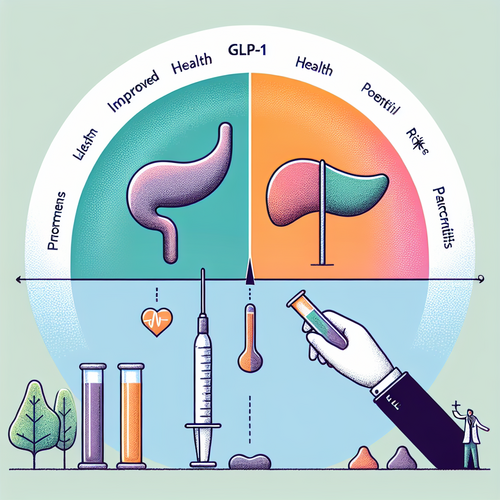In the ever-evolving landscape of brand marketing, businesses constantly seek novel ways to cut through the noise and connect with their audience. The digital age has brought unprecedented opportunities, yet also challenges like diminishing returns on traditional advertising and the quest for genuine engagement. Enter the twin forces of Artificial Intelligence and Blockchain, technologies often discussed in isolation, or perhaps superficially linked. But what happens when they converge with a clear purpose? A new paradigm might just be emerging, and a startup named GenLayer is stepping into this fascinating intersection, proposing a decentralized infrastructure powered by AI and blockchain to fundamentally alter how brands market themselves and how individuals are incentivized to participate.
GenLayer is positioning itself not merely as a marketing platform, but as a builder of “decentralized legal infrastructure” for AI and machine agents. This terminology is critical. Instead of relying on traditional, often opaque, contractual agreements or centralized platforms, GenLayer envisions a world where AI agents can interact, draft, and even vote on “intelligent contracts” hosted on a blockchain. Imagine a scenario where marketing tasks, campaigns, or partnerships are governed by self-executing, transparent rules on a distributed ledger, with AI agents perhaps identifying opportunities, negotiating terms, and verifying completion. This moves beyond simple automated advertising; it suggests an entire ecosystem where autonomous entities collaborate under decentralized governance, potentially unlocking new levels of efficiency and trust in brand promotion.
Central to GenLayer’s approach is the concept of incentivization. While the specifics of their model are still unfolding, the core idea is to create a system where individuals or perhaps even the aforementioned AI agents are directly rewarded for contributing to a brand’s marketing success. In a traditional affiliate marketing model, incentives are often one-dimensional and controlled by a central entity. GenLayer’s blockchain backbone allows for the potential creation of more complex, transparent, and programmable incentive structures. Rewards could be tied to specific, verifiable actions on the blockchain, like driving a certain type of engagement, completing a defined marketing task, or contributing valuable data or creative assets. This decentralized incentive layer could foster a more vibrant, participatory marketing ecosystem where value flows more directly and equitably to those who genuinely contribute to brand growth.
The recent launch of their first incentivized testnet, aptly named “Asimov,” marks a significant milestone for GenLayer. The name itself is a clear homage to Isaac Asimov, the visionary science fiction writer whose “Three Laws of Robotics” explored the complex relationship between humans and intelligent machines – a theme highly relevant to GenLayer’s mission of building infrastructure for AI agents. A testnet is a crucial phase in blockchain development, allowing the protocol to be tested in a live environment under real-world conditions, but without the risks associated with a mainnet launch. The “incentivized” aspect means participants are likely rewarded (often with test tokens or future mainnet tokens) for stress-testing the network, identifying bugs, and demonstrating the platform’s capabilities. This phase is vital for validating the technical architecture, testing the “intelligent contract” functionality, and refining the AI agent interactions within the decentralized legal framework.
The implications of GenLayer’s vision, if successful, could be far-reaching. For brands, it could offer a more transparent, efficient, and potentially more authentic way to engage with audiences and incentivize genuine advocacy. For individuals and creators, it could open up new, decentralized revenue streams tied directly to their marketing contributions. However, building decentralized “legal infrastructure” involving AI agents is not without its challenges. Defining the scope and limitations of AI autonomy, ensuring the security and immutability of intelligent contracts, and navigating the complexities of decentralized governance are significant hurdles. Yet, the potential to create a more open, programmable, and intelligently driven marketing landscape makes GenLayer’s Asimov testnet a development worth watching closely. Is this the future of marketing – one where code is law, AI agents are participants, and incentives are baked into the very fabric of the network? Only time and the success of experiments like Asimov will tell.

















